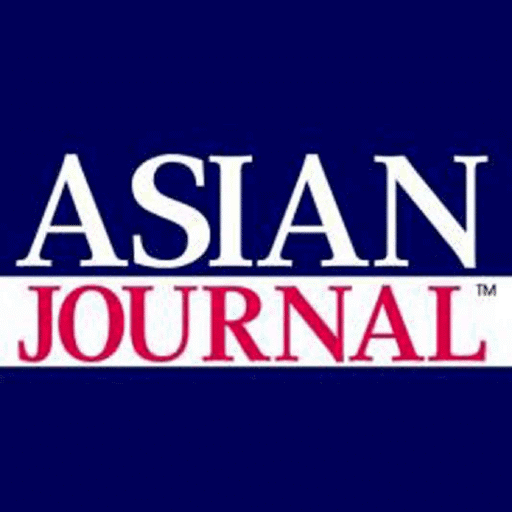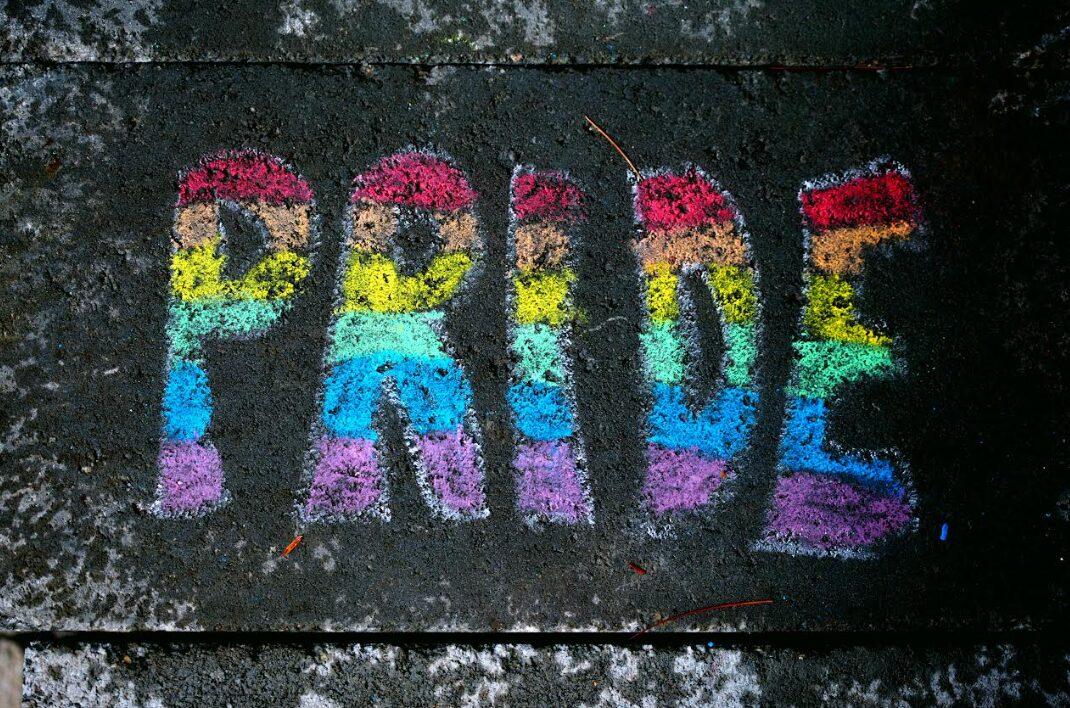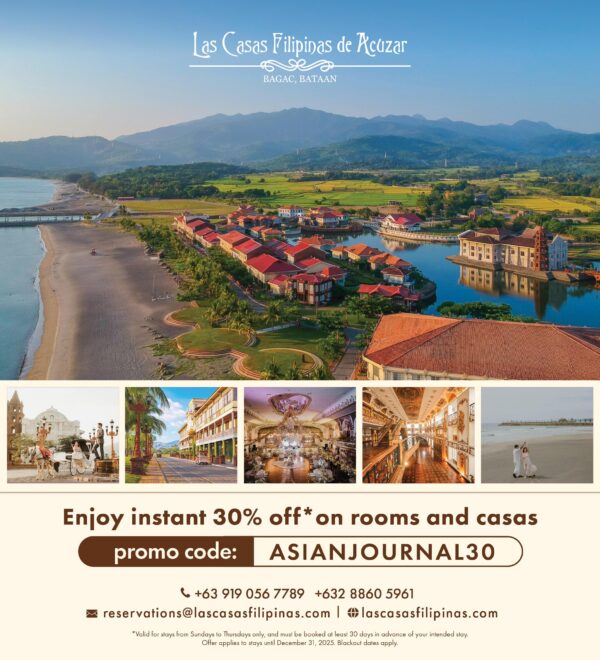ON June 12, 1998, Filipinos the world over commemorated the first centennial of Philippine independence, based on the establishment of the Philippine Republic by Gen. Emilio Aguinaldo on June 12, 1898 from the balcony of his home in Kawit, Cavite.
To generate proper observance in America of the centennial, I accepted a pro bono appointment as deputy executive director for the U.S. of the Philippine Centennial Commission. My dear friend, the late Louie Morales, was executive director and former Vice President Salvador “Doy” Laurel was chairman. Both were appointed by President Fidel V. Ramos.
Some folks questioned the historical accuracy of the event. They pointed out that the Kawit declaration of independence was never recognized by the United States, which had assumed sovereignty over the Philippines by virtue of the Treaty of Paris, signed with Spain on December 10, 1898. According to them, Philippine independence was granted by the U.S. on July 4, 1946.
Of course, the counter to that was Republic Act 4166, passed during the tenure of President Diosdado Macapagal, which officially recognized Aguinaldo’s Kawit declaration on June 12, 1898 as Araw ng Kalayaan – making this year’s observance the 122nd.
However, to avoid any arguments, in the AT&T advertising campaign that I created for the event, I referred to it as the First Centennial of the Declaration of Philippine Independence. I also used the term Araw ng Kasarinlan, which is the more faithful Tagalog equivalent of Independence Day – Araw ng Kalayaan literally means Freedom Day.
At any rate, to this day, “Philippine independence” continues to be a favorite topic among nationalists and intellectuals, as well as hair-splitters and corner store philosophers. It is debated on the basis of chronology and terminology, “economic independence” and “military self-sufficiency,” and such esoteric issues as “freedom from hunger” and “freedom from fear.”
Indeed, listening to all the arguments, defining “Philippine independence” can be elusive, just as is the more proper date of its observance. The joke is that who wins the argument often depends on who buys the drinks.
I think it will help to set all the issues in historical context.
Just as the U.S. did not recognize the Kawit declaration of independence, Aguinaldo and his fellow revolutionaries also refused to recognize the validity of the Treaty of Paris and American sovereignty.
They believed they had a good reason for this.
On August 23, 1896, Andres Bonifacio and the Katipunan launched the Philippine revolution against Spain. By 1897, Aguinaldo and his forces had begun to wear down the Spaniards. Spain also had its hands full with the Cuban struggle for independence, which started in February 1895.
In July 1897, sensing a weakening of the enemy, Aguinaldo declared the Philippine Republic of Biak-na-Bato, framed a Constitution, and issued several demands to the Spanish government, among them, the expulsion of the friars and return of the friar lands to the Filipinos, representation for the Philippines in the Spanish Cortes, freedom of the press and of religion and equality before the law.
Feeling the pressure, the Spanish authorities signed the Pact of Biak-na-Bato on December 15, 1897, by which Spain committed to allow the Filipinos self-rule in 3 years, on condition of a cessation of hostilities, exile in Hong Kong for Aguinaldo and the other leaders of the revolution, and payment to them of P800,00 Mexican pesos. But neither party trusted each other. Aguinaldo was not yet done with the revolution, while Spain only gave a partial payment to the revolutionaries and did not seem inclined to pay the balance.
Meanwhile America had begun to ask itself why the Europeans appeared to have a monopoly on imperialism. Coining the phrase “Manifest Destiny” – meaning that God wanted it to impart its beneficence across the American continent – America mounted an aggressive expansion, in the process taking over large chunks of Mexico.
The U.S. then cast a covetous eye on the Spanish colonies, particularly nearby Puerto Rico and Cuba. Finding a justification for initiating the Spanish-American War (with the mysterious explosion of the USS Maine, docked in Havana), the U.S. dispatched Commodore George Dewey to attack the Spanish armada in Manila on May 1, 1898.
Believing that the U.S. was on their side (he had returned to the Philippines from Hong Kong on board a U.S. warship), Aguinaldo and his forces declared Philippine independence a little over a month later, on June 12, 1898.
But the Americans had other plans. Obsessed with their manifest destiny, America signed the Treaty of Paris with Spain on December 10, 1898, paying the latter $20 million to assume colonial control of the Philippines, Cuba, Puerto Rico and Guam. The Philippines thus became a colony of the United States.
Having fought Spain, the Filipinos found themselves fighting the United States in what the U.S. characterized as a “Philippine insurrection” and what Filipino historians refer to as the Philippine-American War. Of course, history is invariably written from the point-of-view of the victors.
Even Aguinaldo had to acknowledge American dominance. On April 1, 1901, he swore allegiance to the United States.
America turned out to be a benign colonizer. It established a civil government, appointed Filipinos to high office, including Cayetano Arellano as Chief Justice of the Supreme Court, sent Filipino pensionados to the U.S., and set up an American-style educational system with American teachers (known as the Thomasites, because they came over on board the USS Thomas).
Then in 1935, the U.S. established the Philippine Commonwealth. Filipinos trooped to the polls to elect Manuel L. Quezon as President and Sergio Osmeña as Vice President. Members of the National Assembly, a unicameral Legislature, were also elected at the time. This was supposed to be in preparation for granting independence to the Philippines.
But that plan was aborted by the Japanese occupation of the Philippines. Thus, it was not until after the Japanese had been defeated that the U.S. turned its attention to the matter of an independent Philippines.
On July 4, 1946, coinciding with America’s own independence day, the U.S. granted independence to the Philippines. But this had several strings attached, such as retention of US military bases and parity rights for U.S. citizens and corporations over the country’s natural resources, among other onerous conditions. An article by Alan Berlow in the Los Angeles Times described the event as “The Independence Day That Wasn’t.”
Filipino nationalists eventually persuaded President Diosdado Macapagal to designate June 12, 1898 as Philippine Independence Day, by virtue of Republic Act 4166. July 4th has since been nominally observed as Philippine-American Friendship Day.
But it would take more decades before the other strings, such as the presence of the U.S. military bases, could be untied. Even now, the Philippines is said to be attached to America, in the economic and military context. This prompted author Leon Wolff to call the Philippines, America’s Little Brown Brother in his book of the same title.
Does that make Philippine independence “not genuine”? Like the proverbial fellow who is “a legend in his own mind,” is Philippine independence only in our mind?
But then, in a world dominated by the global powers, including an emerging China, how are we to characterize the smaller countries in Europe, Latin America, the Middle East and Asia that depend on the giants? And what about Israel? Are these countries also not independent?
That is obviously another topic for hair-splitters and corner store philosophers to argue over. Of course, whoever buys the drinks wins.
* * *
(gregmacabenta@hotmail.com)








America turned out to be a benign colonizer. (not true at all ) Thousands were killed in the Philippines-American war